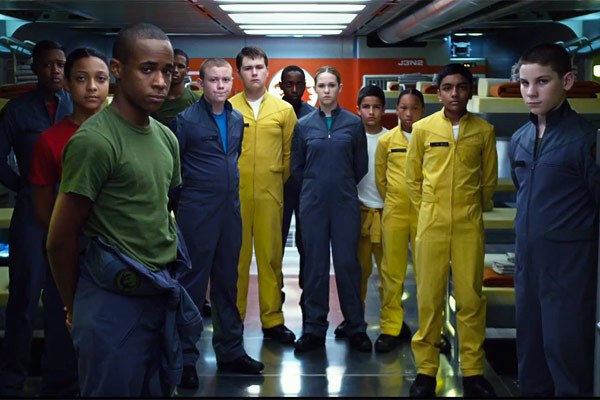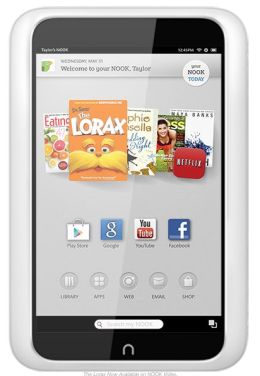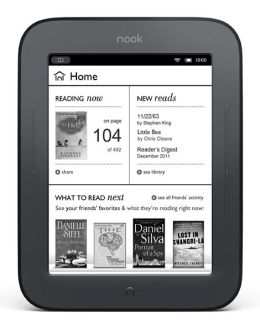After Paul Bishop read Mel Odom’s retro-boxing novel Smoker, he found Odom’s website and looked up his contact info.
“We hit it off immediately,” says Bish. “We had a ton in common including a shared love of the fight pulps.”
During their first phone conversation, the brainstorming began for a new sports fiction series. The series is called Fight Card. It is a throwback to the boxing pulps of yesteryear.
Felony Fists was the first Fight Card instalment by “Jack Tunney.” For you armchair fight historians out there, that nome de plume is exactly what you suspect it is–a fusion between Jack Dempsey and Gene Tunney, though the series takes place in the ’50s, not the ’20s (when those two were heavyweight champs). Several different authors in the Fight Card stable are writing under that amalgamated name.
The Fight Card series consists of monthly 25,000 word novelettes, designed to be read in one or two sittings. The stories and stylings are inspired by the fight pulps of the ’30s and ’40s – such as Fight Stories Magazine – and Robert E. Howard’s two-fisted boxing tales featuring Sailor Steve Costigan. – Paul Bishop
Patrick “Felony” Flynn is an LA beat cop who is also possibly the world’s most seasoned amateur middleweight. He’s offered a spot on the detective squad if he’ll help knock gangster Mickey Cohen out of boxing. That means he has to move up in weight to light-heavy, turn pro, and arrest Cohen’s fighter Solomon King’s ascent toward a title shot against Archie Moore. A middleweight moving up to fight a badass light-heavyweight is a monumental chore all by itself, but in case the reader doesn’t appreciate that, the pressure is heaped upon Felony Flynn increasingly right up until the last chapter.
During all this time, Flynn becomes partners with another rookie detective, Tombstone. A black detective on an historically/notoriously bigoted force like the LAPD must be exceptional, and Tombstone is. This subplot, a counterfeiting subplot, and the fight plot all come together and are tied off nicely. The writer set out to tell a retro-style pulp boxing yarn and I’d say he did a good job.
For my taste, Cohen’s tactic to get Flynn to throw the fight was overkill. The stakes were plenty high already, as were the odds against Flynn in the fight. For Cohen to be so scared of an Irish brawler with one professional fight (against an over-rated has-been) presenting a threat to a contender who consumes talented pros for breakfast (and who Archie Moore is worried about) was just too much. In Flynn’s other fights, he never was 100% on. He was either distracted, or careless…something to put the outcome in doubt. I really would have liked to see Flynn go to war from Round One in the climactic fight, and let the tension come from the fact that he’s overmatched, and making it through 15 rounds with Solomon King requires a superhuman effort. Plenty of tension that way and far more realistic.
Speaking of realism, I just have to provide the following advisory about boxing technicalities:
In boxing, a right-handed fighter does not have a right jab or a right hook. He jabs and hooks with the left. He throws straight rights or a right cross. (Everything I’m saying is mirror-opposite for a southpaw, of course.) What some people call a right hook from a right-hander is actually either an angled right uppercut or a roundhouse right–an ill-advised punch 99% of the time, though I did see Lennox Lewis score a knockout with one.
I don’t know how many other readers would notice or care about getting these fundamental details right, but for me it was an annoyance in what otherwise was an enjoyable read. To be fair, a LOT of authors who write about boxing make these kind of mistakes. (One exception is this book from the Fight Card series.)
Paul Bishop retired from the LAPD, so he knows a thing or two about the crime angle. That and his hard-hitting, fast moving prose in Felony Fists makes this a great read, and one of many highly entertaining Fight Card books.
P.S: Check out this trailer for Fight Card: Front Page Palooka below!









